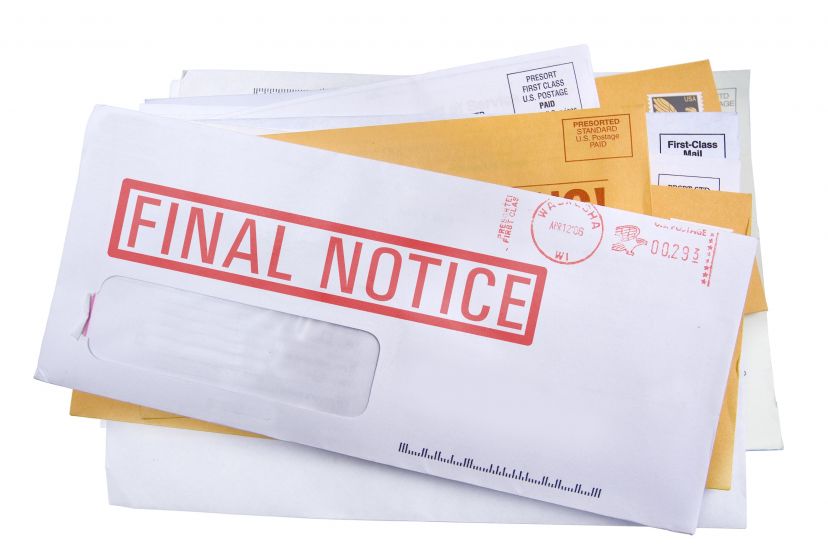Chapter 7 bankruptcy is a legal process by which you are relieved of your obligations to creditors. Chapter 7 bankruptcy is also called a fresh start. This is because most if not all of your unsecured bills are eliminated and you get a fresh financial start.
Chapter 7 bankruptcy is also called a fresh start. This is because most if not all of your unsecured bills are eliminated and you get a fresh financial start.
Who can file a Chapter 7 bankruptcy?
To be eligible to file, your monthly income must fall below a certain threshold. Your household size and certain types of expenses determine this. Anyone seeking to file a bankruptcy must not have filed a bankruptcy in the last eight years.
So I qualify, how does the process work?
The process begins with gathering documents. Your bankruptcy attorney will need to see tax returns, pay stubs (if you are employed), titles to any vehicles you own, as well as bank statements, deeds to any real estate, and other documents depending on the specifics of your case. Your attorney will prepare a bankruptcy petition that includes all the relevant information for your case, including a listing of the things you own (called assets) and a list of all the people and companies you owe money to (your creditors). It will also contain information about your income and expenses, and tax information for the past two years. After preparing and having you sign the document, your attorney will file it with the court. A month later, you will attend a brief hearing, called a “341”, in which your bankruptcy trustee will ask you a few questions and send you on your way. The process is simple and usually lasts less than half an hour. A few weeks after that hearing, you will receive a discharge, which is the court’s indication that your debts are clear.
I have a huge amount of debt! Can I still file?
The amount of your debt doesn’t matter. What does matter is what kind of debt. Certain types of debts, namely alimony, child support, back taxes, court fees and fines, and student loans are not dischargeable. Other kinds of debt, such as credit cards, mortgages, judgments, and medical bills are all dischargeable.
Can I keep my property?
Yes. Most people assume that their property will simply forfeit in a bankruptcy proceeding, but this is not the case. Many kinds of property, including wages, household furnishings, clothing, cars, and guns are “exempt”, meaning the trustee cannot seize them. If you have debts connecting to a piece of property, such as a mortgage or car loan, you generally have three options: surrender, continue to pay, or reaffirmation,. Surrender returns the property to the creditor. Continue to pay is where, post bankruptcy, you keep the property and continue making your regular payments until you pay off the loan. This is sometimes used for loans with only a few payments left to make. Reaffirmation is a process where you keep the property and sign a new agreement with your creditor, post bankruptcy filing, to renew or reaffirm the loan. This is usually done on the same terms as the prior loan.
What are the benefits of filing a Chapter 7 bankruptcy?
The largest benefit is peace of mind. After filing, your creditors will no longer be able to harass you, by phone or mail or any other method, about your debts. If you have garnishments, the garnishment will cease. You will be secure in the knowledge that your prior debts wipe away and you have a fresh start to move forward. In addition, your credit score may rise, and it may be easier to make positive financial decisions.
Contact a Bankruptcy Attorney in Tulsa Oklahoma:
If you’re having trouble paying your bills or maybe faced with a foreclosure, repossession or a garnishment call the Bankruptcy attorneys at Tulsa County Lawyers Group. We offer free bankruptcy consultations and can help you file either a chapter 7 bankruptcy or chapter 13 bankruptcy. Call today!
